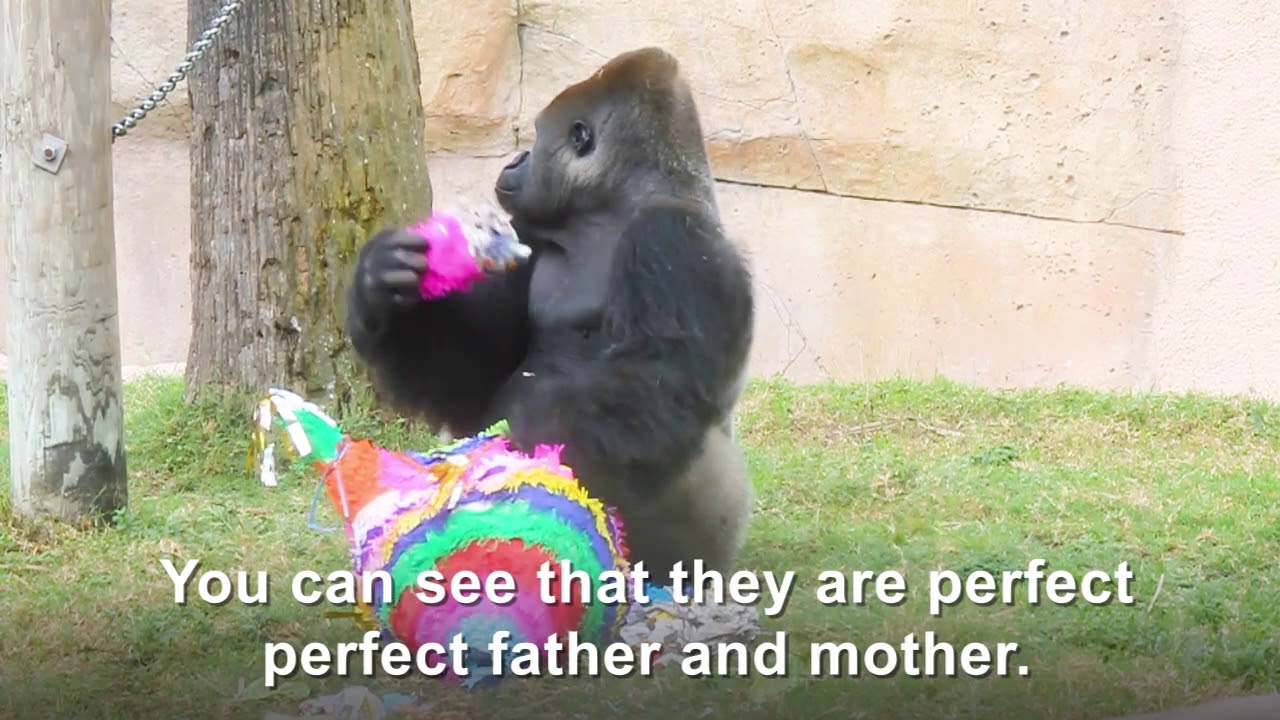- Details of the Baby Gorilla Gender Reveal at Gladys Porter Zoo, highlighting the zoo’s innovative approach.
- Insights into the biological and social significance of gender determination in gorillas.
- An overview of gorilla reproductive behavior and family dynamics in both wild and conservational settings.
- The role of zoos in wildlife conservation and the importance of public engagement.
- An exploration of zoo management practices that support animal welfare and education.
The Baby Gorilla Gender Reveal at Gladys Porter Zoo was a much-anticipated event, shedding light on both the biological nuances of gorilla life and the substantial contribution of zoos to wildlife conservation. This celebration, which drew considerable public interest, serves not only as a moment of joy but also as an educational opportunity to learn about gorillas and their intricate social structures.
Gorilla gender reveal events are part of a broader strategy to engage the public and raise awareness about the species. The Gladys Porter Zoo, renowned for its commitment to conservation, employed a creative approach to make this event not just informative but also entertaining. Staff and visitors gathered to witness the moment when the baby gorilla’s gender was unveiled through an engaging presentation, enhancing the visitor experience and contributing to a deeper public understanding of gorillas.
Gorilla gender is determined by anatomical and genetic factors that are critical to understanding their roles within their social groups. In captivity, confirming the gender of a newborn gorilla involves observations by veterinarians and caregivers familiar with the species’ morphology. Gender plays a significant part in the development of social hierarchies within gorilla groups, affecting everything from the distribution of parental care to future leadership roles. Male gorillas, for instance, become silverbacks, assuming protective and leadership roles, while females typically focus on nurturing and maintaining social bonds.
Knowing the gender of a newborn gorilla is not just a matter of curiosity. It allows zookeepers and researchers to tailor care and social arrangements that mimic those found in the wild. This is crucial since gorillas are social animals with strict hierarchies and complex group dynamics. Understanding gender roles within these groups can aid in the design of environments that promote natural behavior and psychological health, enhancing the well-being of these primates considerably.
Gorilla reproductive behaviors are a testimony to the sophisticated social structures these primates maintain. In both the wild and captivity, cycling females attract males, leading to temporary mating associations. The culmination of these behaviors results in the birth of a single infant after a gestation period of about 8.5 months. Maternal care in gorillas is intensive, with infants being dependent on their mothers for up to three years, an aspect crucial for understanding social cohesion and individual survival within gorilla bands.
The sight of a newborn gorilla is a precious reminder of the vitality inherent in wildlife yet under constant threat due to habitat destruction and poaching. The Gladys Porter Zoo plays a pivotal role in global wildlife conservation efforts by integrating successful breeding programs within their mission. These programs are essential to maintaining genetic diversity in captive populations, safeguarding against extinction threats faced by gorilla populations worldwide.
Modern zoos function as both sanctuaries and educational institutions. They have transitioned from solely being places of recreation to being critical in wildlife conservation efforts. The presence of gorillas at Gladys Porter Zoo offers a platform for scientific research and an opportunity to educate the public about the importance of conserving biodiversity. Each zoo visit fosters a personal connection between people and the animals, potentially inspiring visitors to support conservation initiatives.
The impact of the Baby Gorilla Gender Reveal extends into the zoo’s management practices that emphasize animal welfare and public engagement. By disclosing the gender of the newborn gorilla, the zoo raises awareness and support for the species. This activity aligns with strategies that zoos employ to connect with audiences and promote wildlife conservation on a broader scale.
Zoo management involves various practices aimed at ensuring the physical and psychological well-being of animals. This includes habitat design, nutritional diets, medical care, and enrichment activities. By providing spacious enclosures that simulate the natural environment, alongside a diet rich in nutrients modeled after their natural food sources, zoos can foster natural behaviors and prevent stress-related issues.
In conclusion, the Baby Gorilla Gender Reveal at Gladys Porter Zoo is more than a celebration. It is a strategic initiative supporting educational outreach and wildlife conservation. By engaging the public with dynamic and informative experiences, zoos can heighten awareness around critical conservation issues. This event exemplifies the power of public participation in conservation, underscoring the essential role that education and awareness play in preserving our planet’s biodiversity. Through events like these, zoos usher in greater public involvement, steering efforts toward protecting endangered species and their habitats.
*****
Source Description
Gladys Porter Zoo staff host a gender reveal for the baby gorilla that was born on Cinco de Mayo 2019.


